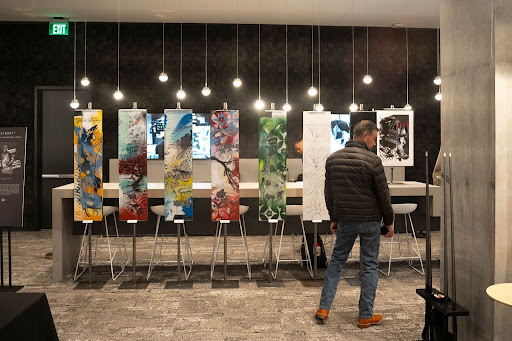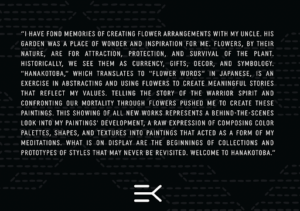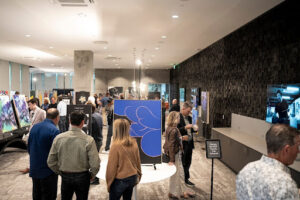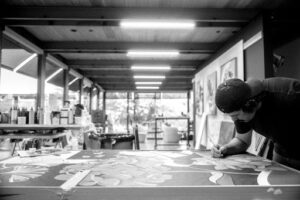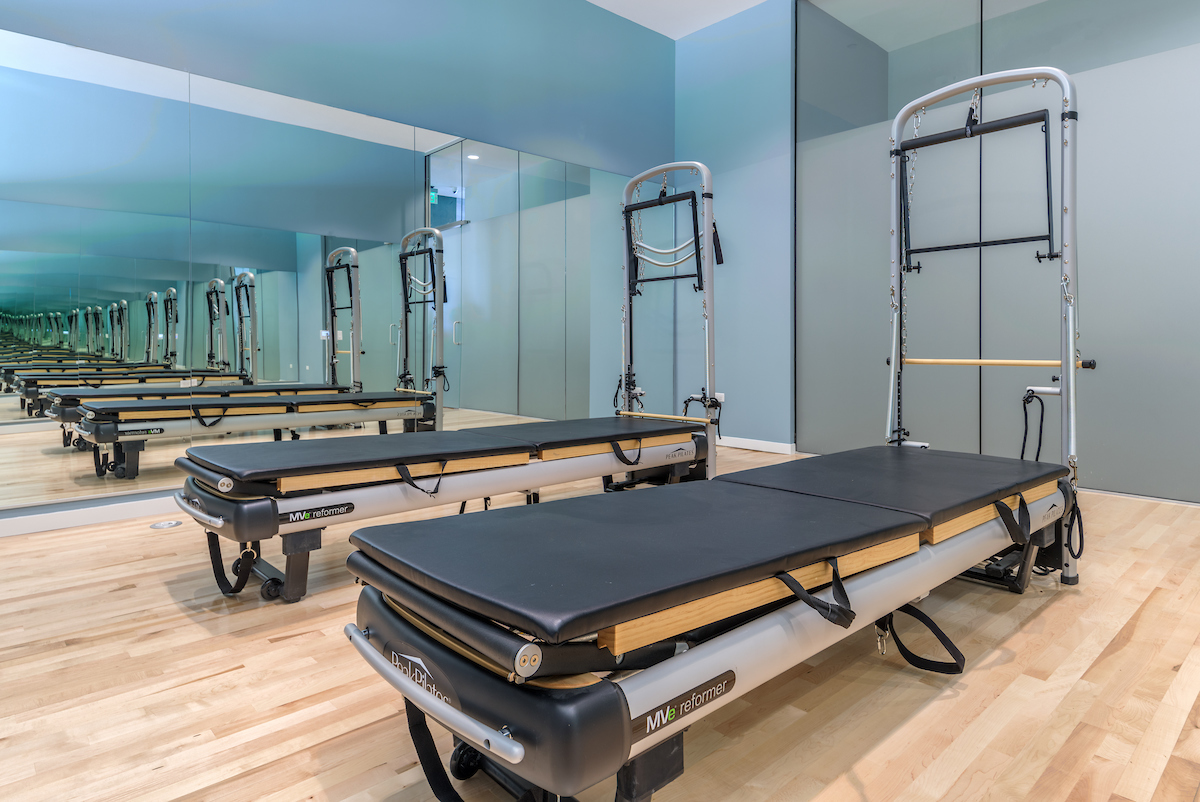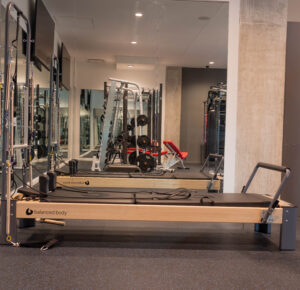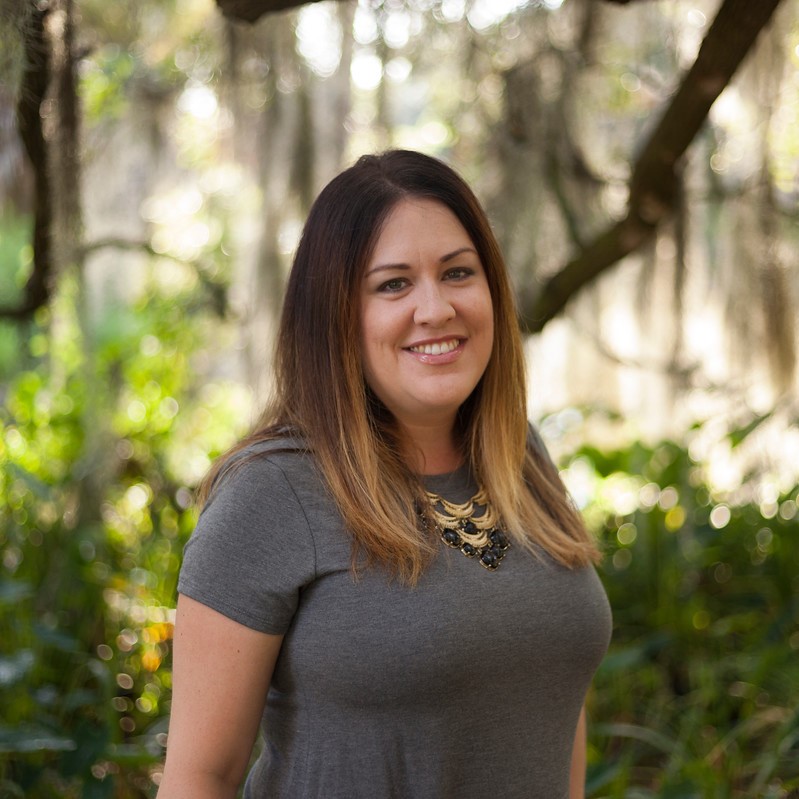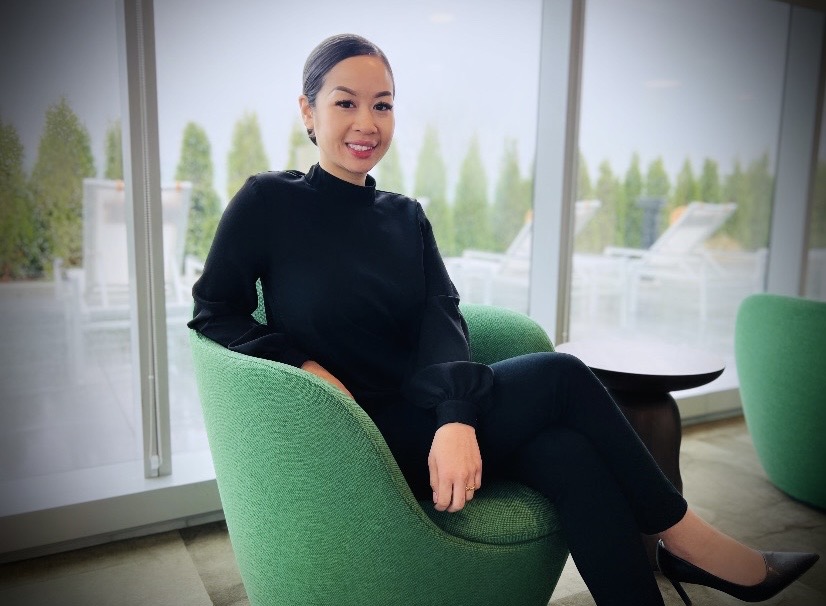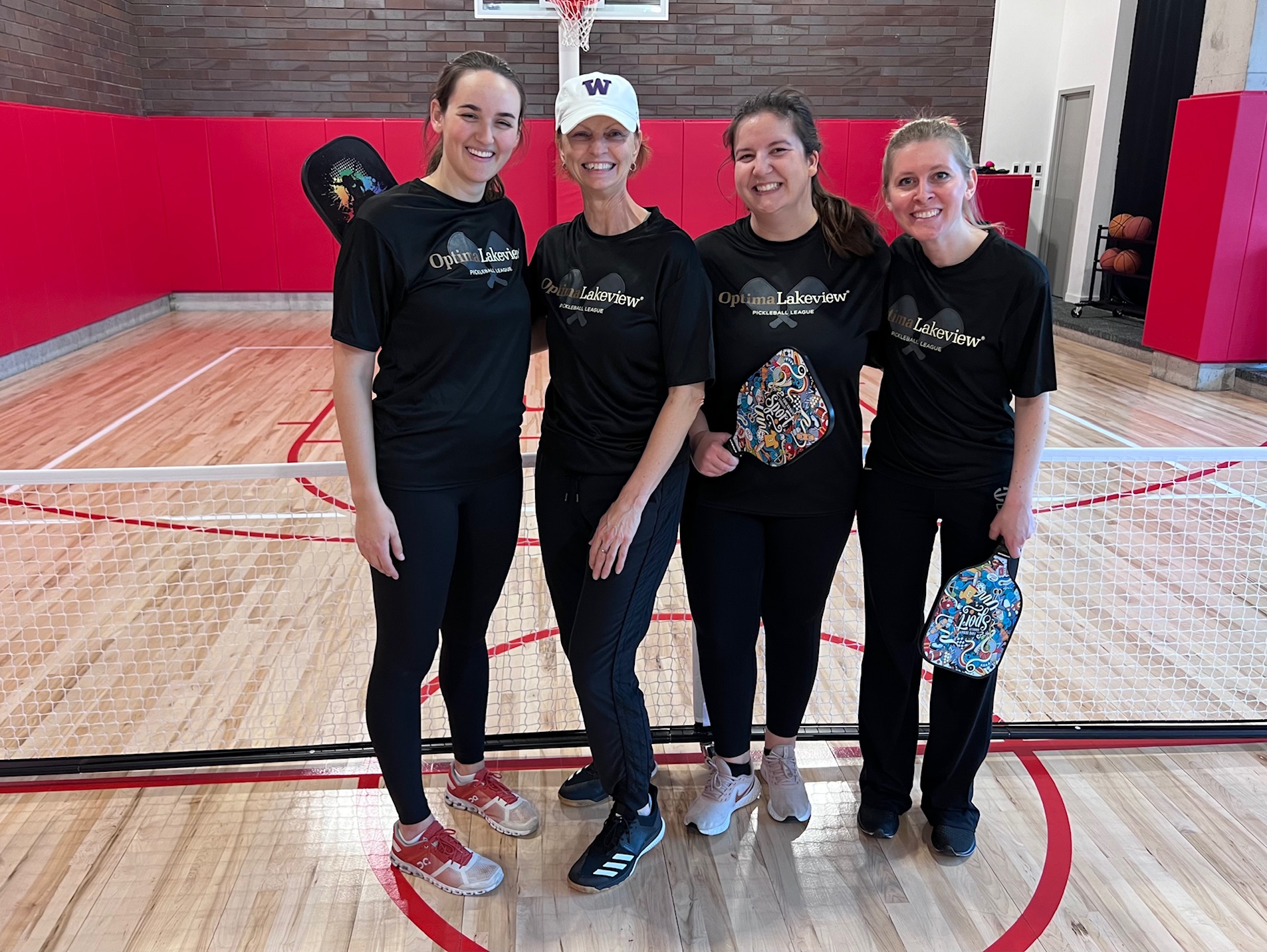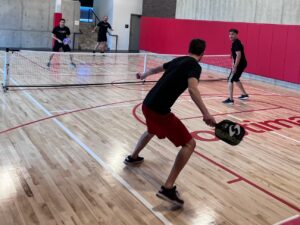At Optima®, we are passionate about celebrating the vibrant cultural landmarks that enrich our communities. Located in the heart of Chicago’s Bridgeport neighborhood, the newly-refurbished Ramova Theatre stands as a testament to the city’s commitment to preserving its historical treasures while fostering a dynamic cultural scene. For residents of Optima Signature® and Optima Lakeview®, the revitalized Ramova Theatre offers an exciting new destination that blends history, art, and community spirit.
A Rich History Reimagined
The Ramova Theatre, originally opened in 1929, was a cornerstone of Bridgeport’s cultural landscape. Designed by architect Myer O. Nathan in the Spanish Revival style, the theatre was a marvel of its time, featuring ornate interiors and a majestic atmosphere that captured the imagination of its patrons. For decades, it served as a hub for entertainment, hosting film screenings, live performances, and community events.

However, like many historic theatres, the Ramova eventually fell into disrepair and closed its doors in the 1980s. The building sat vacant for years, a silent reminder of the neighborhood’s once-thriving arts scene. But the spirit of the Ramova was never forgotten, and in recent years, efforts to restore this beloved landmark gained momentum.
The restoration of the Ramova Theatre has been a labor of love, spearheaded by community leaders, preservationists, and dedicated Chicagoans who recognize the cultural significance of this historic venue. The careful restoration has retained the theatre’s original charm while incorporating modern amenities to enhance the visitor experience.

One of the most striking aspects of the refurbishment is the meticulous attention to detail. From the restoration of the grand marquee to the careful preservation of its intricate interior design, every effort has been made to honor the Ramova’s storied past. The result is a seamless blend of old and new, where the elegance of the 1920s meets the conveniences of the 21st century.
The theatre’s commitment to community engagement is evident in its programming and outreach initiatives. By partnering with local schools, arts organizations, and cultural institutions, the Ramova is fostering a deeper appreciation for the arts and providing opportunities for artistic expression.
The revitalization of the Ramova Theatre has also been a catalyst for community revitalization. The theatre’s reopening has sparked a renewed sense of pride in Bridgeport, drawing visitors from across the city and beyond. Local businesses, from restaurants to boutiques, are also benefiting from the increased foot traffic, creating a positive economic ripple effect throughout the neighborhood.
A New Era of Entertainment
Since its recent reopening, the Ramova Theatre is poised to become a premier cultural destination in Chicago. The venue’s versatile space hosts a diverse array of events, including film screenings, live music, theatrical performances, and community gatherings. This dynamic programming ensures that there is something for everyone, from lifelong residents to newcomers exploring the city’s cultural offerings.
For residents of Optima Signature® and Optima Lakeview®, the Ramova Theatre’s reopening provides a unique opportunity to relish Chicago’s rich artistic scene. Whether attending a classic film screening, enjoying a concert by local musicians, or participating in a community event, the theatre offers a welcoming space for connection and creativity.
At Optima®, we are proud to support and promote cultural initiatives that enhance the quality of life in our communities. The Ramova Theatre’s renaissance is a shining example of how preserving our heritage can create vibrant, engaging spaces for all to enjoy. So, plan your visit to the Ramova Theatre and experience firsthand the magic of this newly-refurbished cultural haven.
Owner: Emily and Tyler Nevius
Developer: Baum Revision
Architect: O’Riley Office
Theatre Consultant: Charcoalblue
Restoration Consultant: Wiss, Janney, Elstner Associates
Structural Engineer: McHugh Engineering Group
General Contractor: McHugh Construction







